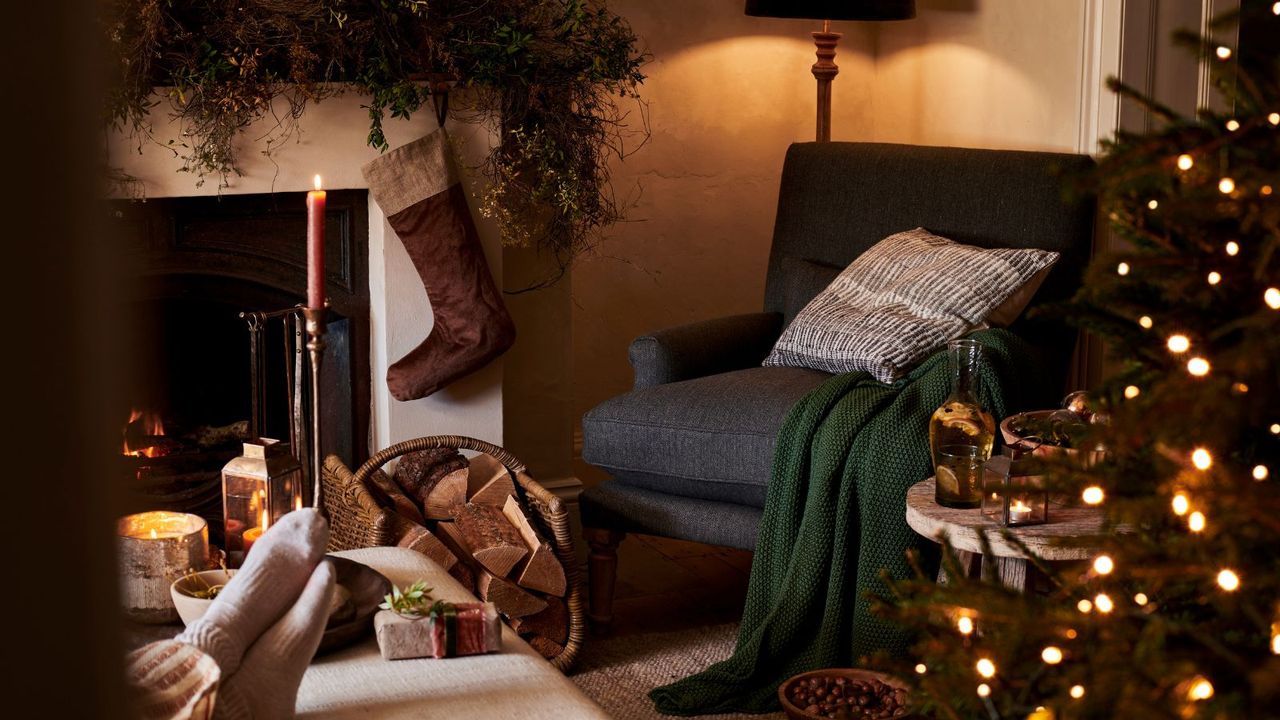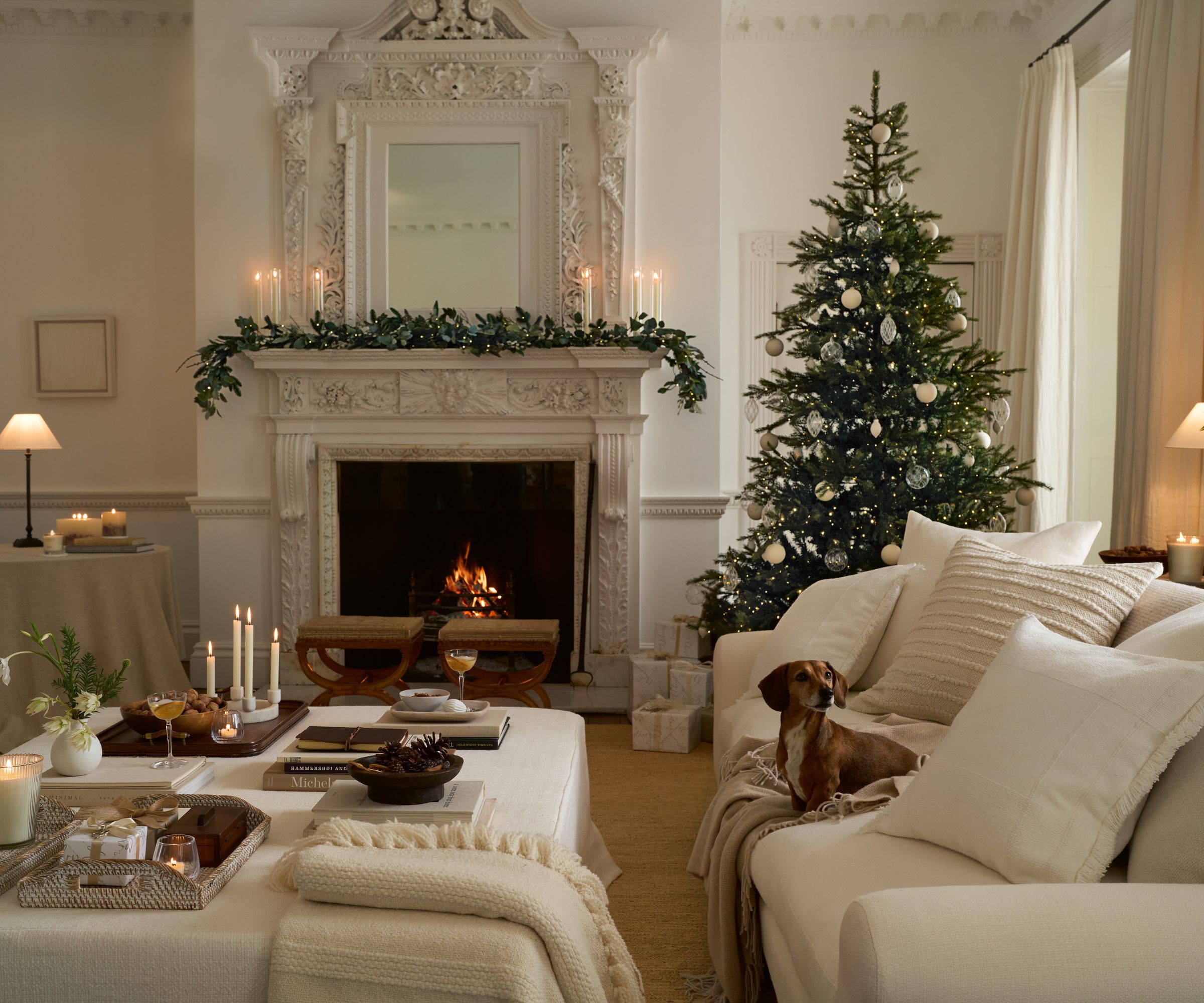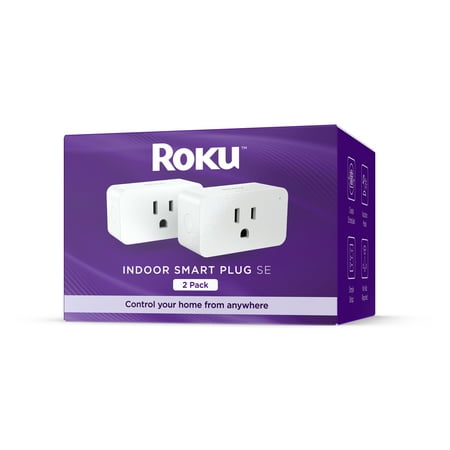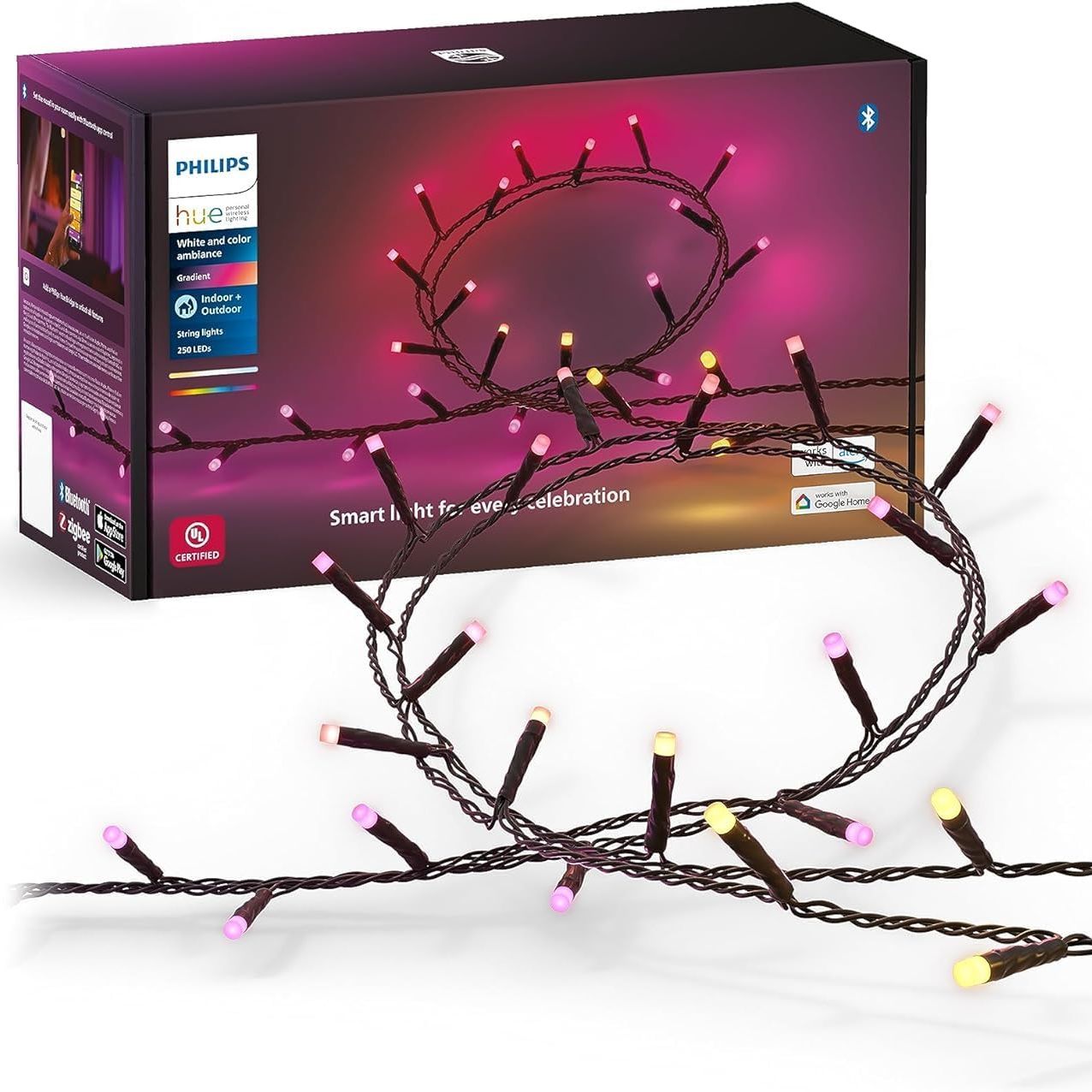
It wouldn't be the holidays without stunning holiday decor to cozy up your home. However, a few common mistakes could be driving up your energy bills at an already costly time of the year.
From blocking heat vents to leaving lights on, it all adds up to increased costs.
The good news? They all have an easy fix that cuts energy bills and doesn't require you to compromise on decor.
5 Holiday Decorating Mistakes That Spike Your Energy Bills
1. Decor Blocking Heat Vents

We are all looking for ways to make heating more efficient in winter so that we can keep cozy for less. Our efforts can quickly be dampened by badly placed decor blocking heat vents or radiators, however.
Brooke Stafford, senior service manager at Domestic & General, begins, 'You should avoid covering air vents with rugs or furniture to make space for holiday decorations. It might seem harmless for a month or so of celebrations, but your heating and cooling systems rely on a steady airflow for efficiency.
'By blocking those vents, your system will be pushed to work under strain, which can not only lead to higher bills but can also cause unnecessary wear on the unit,' she warns. 'Blocking vents is also a fire hazard, so it’s best to leave them uncovered at all times.'
This doesn't mean you have to pare back your collection and stick only to minimalist Christmas decor. Rather, it is about smart placement. You can ensure heat vents remain free by adding some air vent deflectors from Walmart, helping to create a physical barricade against blocks while better directing heat into your room for even warmth.
2. Leaving Lights on Constantly

It simply would not be Christmas without twinkling Christmas light ideas. However, while modern LEDs are incredibly efficient, they can still increase energy bills when left on all the time.
We get it – crawling beneath the tree every night to turn them off is far from practical, but there are a whole host of practical solutions, from outlet timers from Walmart, to Amazon Smart Plugs, that can make saving money at home simple, says Martyn Fowler, founder of Elite Renewables.
He explains, 'Leaving decorative lights on around the clock adds to your electricity bill and can create unnecessary heat loads that can mess with your thermostat readings.
'Additionally, if you’re still using older incandescent lights, I’d recommend switching to LEDs with a smart plug so they’re only on when needed.'

These mechanical outlet timers allow you to set exactly when you want your Christmas lights to be on, ensuring that they are always off when you are out of the house or go to bed, to help cut energy costs.

These smart plugs allow you full control of your lighting from anywhere, using your phone or home voice assistant to switch lights on and off as required, from anywhere.

The Philips Hue lights are not cheap, but they are impressive. They can be controlled via your phone or home voice assistant, and can change colors to suit any festive decor scheme or mood. Their lighting systems are a certified favorite of mine.
3. Blocking Thermostats

One of the biggest Christmas decorating problems that fly beneath the radar is decorating too close to your home's thermostat, Brooke continues.
'It is the easiest way to run up bills that homeowners often overlook,' she warns. 'Placing larger decor items, such as a wreath or a tall figurine, in front of the thermostat can trap warm or cool air around it. By restricting the airflow, you can trick your heating or cooling system into running longer than it needs to, which can increase your bill.'
Chris Hunter, director of customer relations at SaaS company ServiceTitan, adds, 'My biggest tip is to keep decorative lights a safe distance from your thermostat. Lights give off heat and are often plugged in near the same wall, which can cause false temperature readings. That leads your HVAC system to run less efficiently.'
This rule applies no matter what kind of thermostat you have, be it an old mechanical model or a smart thermostat.
Meet the Experts
It isn't just your holiday decor that can impact your bills. There are several common heating mistakes, such as not cleaning filters and skipping maintenance, that can drive up costs throughout winter, too.







